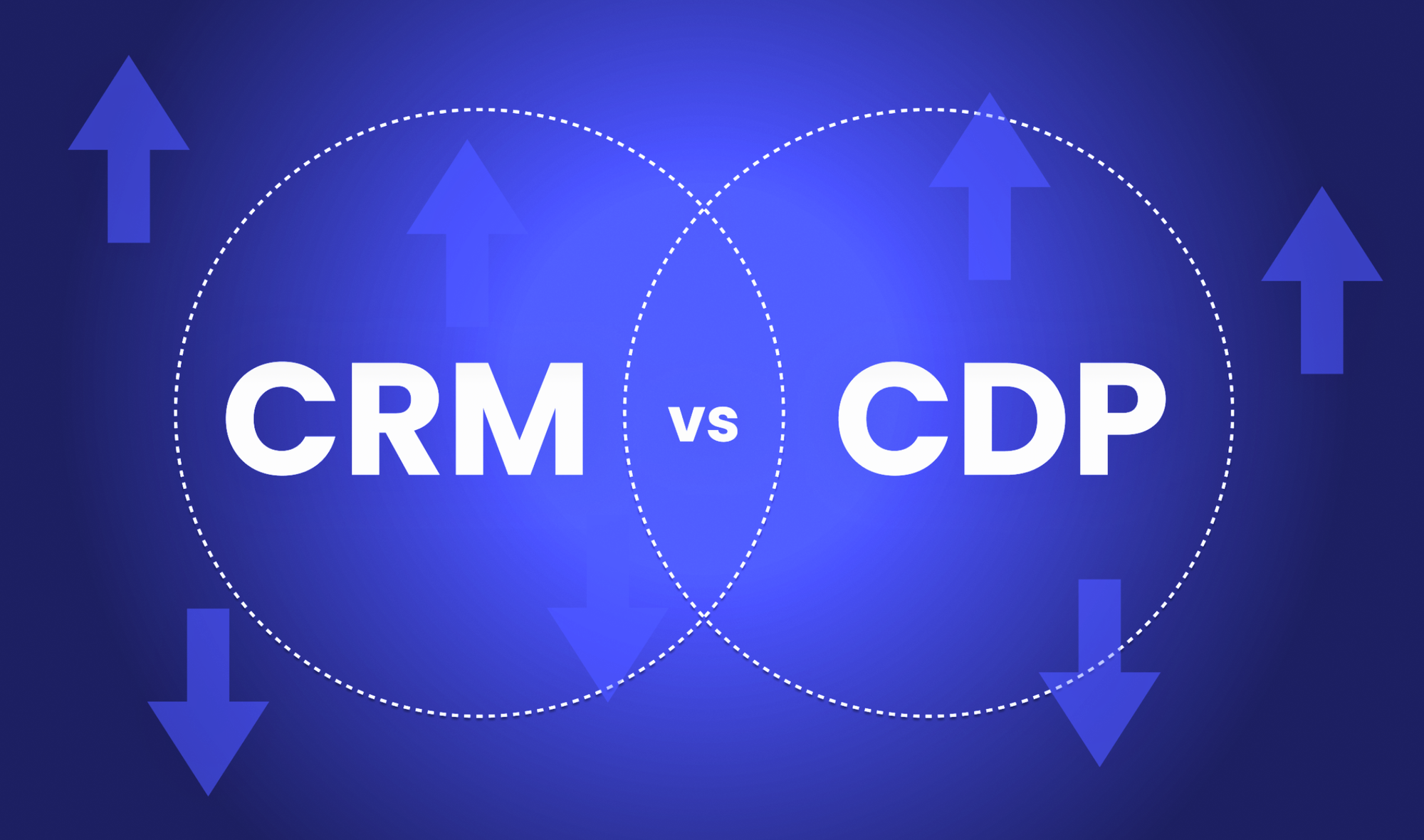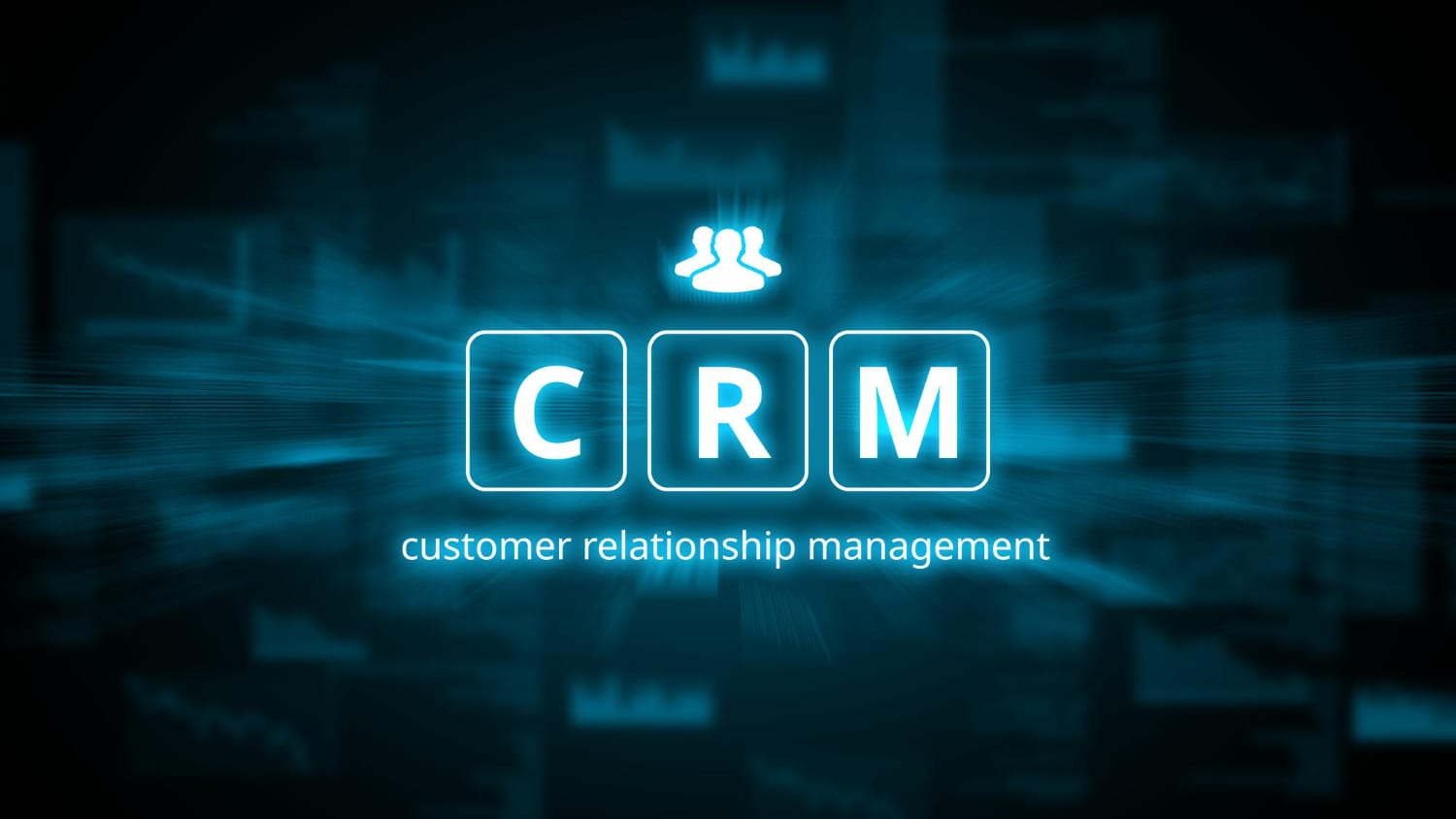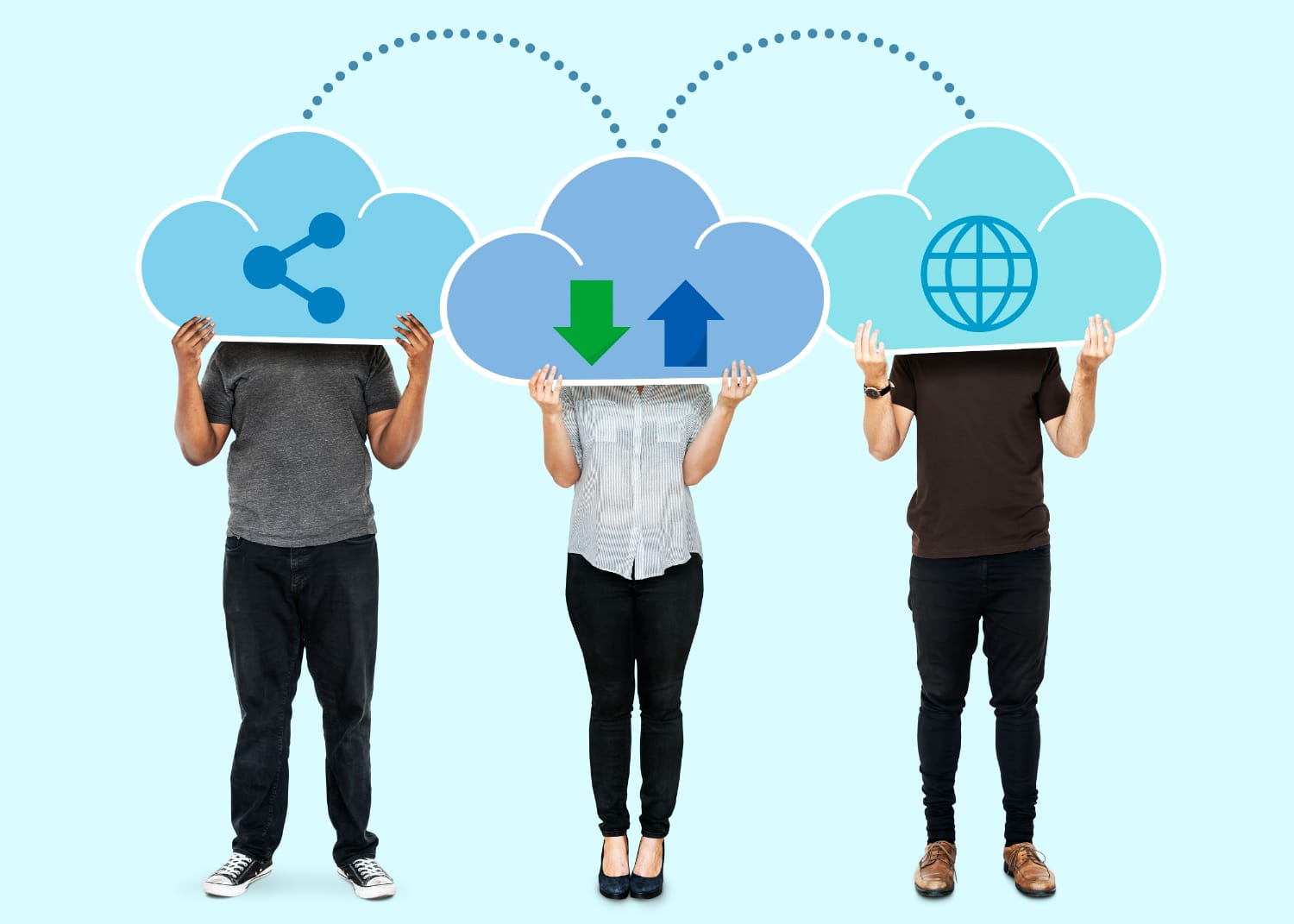CRM vs. CDP: 4 Key Differences You Need to Know

In today's marketing, the importance of customer data continues to grow. With personalized, data-driven marketing becoming a top priority, acronyms like CRM and CDP are appearing more frequently in conversations. However, distinguishing between the two systems can be challenging. That said, selecting the right platform isn’t just a technical decision—it can significantly influence business outcomes. In fact, some companies have reported up to a 600% boost in both initial and repeat purchases through well-executed CRM strategies.
So, what do CRM (Customer Relationship Management) and CDP (Customer Data Platform) really entail? And where should marketers place their focus?
In this article, we’ll clarify the definitions of CRM and CDP, unpack their major differences, and share insights on how each can be used to enhance marketing performance—plus why CRM automation is quickly becoming an essential tool for modern marketers.
✅ A CRM focuses on managing customer relationships, while a CDP is designed to unify customer data across multiple channels.
✅ CRM data typically comes from sales and marketing activities and is used to run personalized campaigns. CDPs, on the other hand, automatically collect behavioral data from every touchpoint to build a 360-degree customer profile.
✅ CRMs are effective for driving repeat purchases and increasing customer lifetime value (LTV), while CDPs help deliver data-driven insights and a consistent omnichannel experience.
What Is CRM?

Customer Relationship Management (CRM) refers to tools designed to help companies manage and nurture their relationships with customers. At its essence, CRM systems are built to log, organize, and analyze every interaction between a business and its customers, with the goal of cultivating long-term loyalty. While customer tracking used to rely on handwritten notes or spreadsheets, today’s CRM platforms automate and simplify these tasks.
Modern CRMs serve as a centralized database, storing key information such as purchase behavior, service requests, customer feedback, and marketing engagement. Having all this data in one place makes it much easier to identify trends, address issues, and personalize communications. For example, when a team can quickly access a customer’s buying habits and support history, they can deliver more relevant offers and support. In this way, CRM systems help businesses convert occasional buyers into loyal customers.
Historically, CRMs were used primarily by sales and customer service departments. Salespeople would use them to manage leads and track deal stages, while support agents recorded tickets and resolutions.
But the role of CRM in marketing has expanded significantly. Today, marketers use CRM data to segment audiences and automate targeted messaging across channels like email, SMS, push notifications, and app notifications. A brand might send VIPs early access to new releases or follow up with a special offer for customers who haven’t made a purchase in a while.
What makes CRM especially powerful is its ability to support personalized communication at scale. When a brand remembers a customer’s past preferences or issues, the interaction feels more meaningful. For businesses, that level of relevance translates into improved customer loyalty and increased retention. One well-known example is Coca-Cola, which saw a 20% rise in customer satisfaction and a 15% boost in revenue after deploying a CRM system—highlighting the measurable value of personalized engagement.
In short, CRM has become an indispensable tool for strengthening customer relationships and driving long-term growth in today’s digital marketing landscape.
Looking for a CRM marketing platform for your business? Schedule a 1:1 consultation with one of our experts today by clicking the link!
What Is CDP?

A Customer Data Platform (CDP) is a system built to gather, unify, and manage customer data from a variety of sources in one centralized location. In today’s cross-channel world, customers interact with brands through websites, mobile apps, retail stores, customer service lines, emails, and beyond. A CDP consolidates these scattered data points to create a complete, unified customer profile.
What makes a CDP unique is its ability to collect data both broadly and deeply. It continuously pulls information from multiple channels—such as website browsing behavior, app interactions, email engagement, and social media activity—and connects those touchpoints to individual users.
Take, for example, a scenario where a customer first clicks on a Facebook ad and visits your site anonymously, then later signs up and completes a purchase. A CDP can link those actions together and recognize them as steps taken by the same person, thanks to a process called identity resolution.
For marketers, the strength of a CDP lies in the clarity it brings to customer behavior. Unlike CRMs, which mainly focus on managing relationships with known customers, CDPs gather behavioral data across the entire customer journey—including prospects who haven’t yet converted. This broader lens allows marketers to answer critical questions like:
- Which channels are driving the most valuable leads?
- What items are often added to carts but left behind?
- Which customer segments respond best to certain campaigns?
For instance, if a known user repeatedly browses a particular product without making a purchase, that behavior can trigger a personalized offer or follow-up message designed to encourage conversion.
Ultimately, a CDP transforms fragmented data into actionable intelligence. Marketing teams can use this information to build precise audience segments and deliver hyper-targeted campaigns, while product and strategy teams can use the insights to improve features or reduce churn.
In essence, a CDP helps brands paint a full picture of their customers—connecting the dots across every touchpoint to better understand who they are and how they interact.
Differences Between CRM and CDP

Although both CRMs and CDPs revolve around customer data, they serve distinct functions and stem from different operational needs. Here's a breakdown of how the two systems stack up against each other:
Data Collection: Breadth and Approach
CRM systems typically gather first-party data that’s directly provided by customers or entered by sales and support teams—such as contact information, order history, and service logs. This information is often structured and collected manually during direct customer interactions.
In contrast, CDPs are designed to automatically ingest behavioral data at scale. They capture everything from website visits and mobile app activity to in-store transactions and call center interactions. By consolidating this information in real time, CDPs provide marketers with a comprehensive view of both known users and anonymous prospects. To sum it up: CRMs store key details about existing customers, while CDPs offer a complete picture of user behavior across the entire journey—from first touch to conversion.
Who Uses Them (and How)
Traditionally, CRMs have been used by sales representatives and customer service agents to manage individual relationships and day-to-day customer engagement. Sales teams track pipelines and client interactions, while support teams log issues and resolutions.
More recently, marketers have also begun using CRMs to segment customer lists and send personalized messages via channels like email, SMS, and push notifications. CDPs, however, are typically the domain of marketing strategists, analytics professionals, and IT teams. Marketers rely on CDP insights to drive targeting and personalization strategies, while data teams handle system integrations and ensure data consistency.
In short:
- CRM = Operational tool for sales and service teams
- CDP = Insight engine for marketing and analytics teams
Primary Purpose and Strategic Value
CRMs are focused on fostering strong, personalized relationships with individual customers to drive loyalty and repeat business. A CRM might be used to send a VIP customer a birthday offer or to re-engage a lapsed buyer with a discount—actions that directly impact customer satisfaction and retention.
CDPs, on the other hand, are geared toward discovering patterns across the full customer base. They analyze behavioral trends and surface actionable insights, such as:
- Which customer segments convert the best?
- What behaviors tend to precede churn?
- Which products are frequently browsed but rarely purchased?
These insights fuel data-driven decision-making across marketing, product development, and customer experience. While CRM is about acting on what you know about a specific customer, CDP is about learning from the collective behavior of many.
Activation & Execution
Another important difference lies in how these platforms drive action. CRMs often include built-in features for outreach—like sending emails or texts—enabling marketers to execute campaigns directly within the platform. For instance, a CRM can automatically identify inactive users and trigger a reactivation message with a reward.
CDPs, by comparison, function more as a central data source. The segments and profiles they generate are typically exported to external tools—such as ad platforms, email services, or personalization engines—for activation. While this makes CDPs highly powerful for delivering unified, cross-channel experiences, it also means they rely on integrations to take action.
Fortunately, many of today’s marketing ecosystems offer robust CDP integrations, making it easier to bridge the gap between data insights and campaign execution.
CRM + CDP for More Effective Marketing

CRM and CDP systems aren’t competing technologies—they’re actually more powerful when used together. Many large organizations integrate both to gain a complete, 360-degree understanding of their customers and to bridge the gap between data insight and marketing action.
Consider an online fashion retailer that uses a CDP to aggregate customer behavior from its website, mobile app, and brick-and-mortar locations. Through this, the brand might learn that Customer A primarily shops through the mobile app and tends to purchase athletic wear twice a year. Armed with this information, the CRM can step in to deliver tailored messages—such as early alerts about new athletic arrivals or customized loyalty perks that match the shopper’s behavior.
This synergy—CDP for insight, CRM for execution—enables a smooth and connected marketing process, from data gathering to customer engagement and conversion.
That said, not every brand needs both tools right away. For small and mid-sized businesses, implementing a CRM first is often the more realistic path. CDPs demand considerable time, financial resources, and a robust volume of data to operate at full potential—not to mention the need for technical support. CRMs, on the other hand, are easier to adopt and often deliver quicker returns, especially when used for personalization and automated marketing.
The bottom line? Customer data only drives value when it’s used. You can have all the analytics and dashboards in the world, but if you’re not translating insights into real, targeted engagement, it won’t impact your bottom line. That’s why CRM automation continues to be a smart investment—it allows businesses to take meaningful action on the data they already have and see measurable results with relatively low effort.
Final Thoughts
In the end, success isn’t defined by how much you spend on advertising—it’s about how effectively you build meaningful relationships with your customers.
So, which tool should you prioritize: CRM or CDP? The honest answer is that both play valuable roles, but how and when you use them makes all the difference.
For most businesses, starting with a CRM makes the most sense. It allows you to create value quickly through personalized engagement with your current customers. As your audience grows and your data becomes more complex, layering in a CDP can unlock deeper behavioral insights and enable more sophisticated targeting.
The best part? The gap between CRM and CDP capabilities is shrinking, thanks to modern all-in-one platforms.
FlareLane bridges this divide by blending CRM automation with lightweight behavioral tracking. With just a single line of code, you can monitor web and app activity, create behavior-based segments, and trigger cross-channel campaigns—all without needing a separate CDP. Even better, customer response data is fed back into the system, powering a continuous cycle of learning and optimization.
Want to dive deeper into CRM marketing? Check out the article below.
👉 Read more: 5 Common Misconceptions About CRM Marketing
👉 Read more: 5 Proven Strategies to Boost Customer Engagement
👉 Read more: Why CRM Software Is Important for Small Businesses


